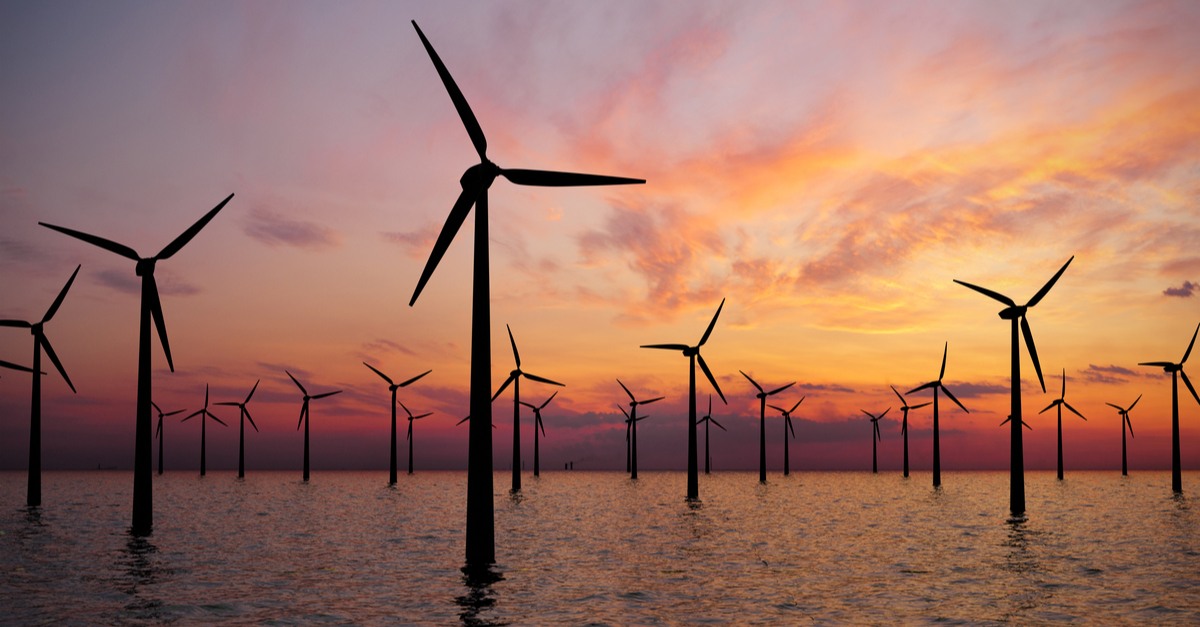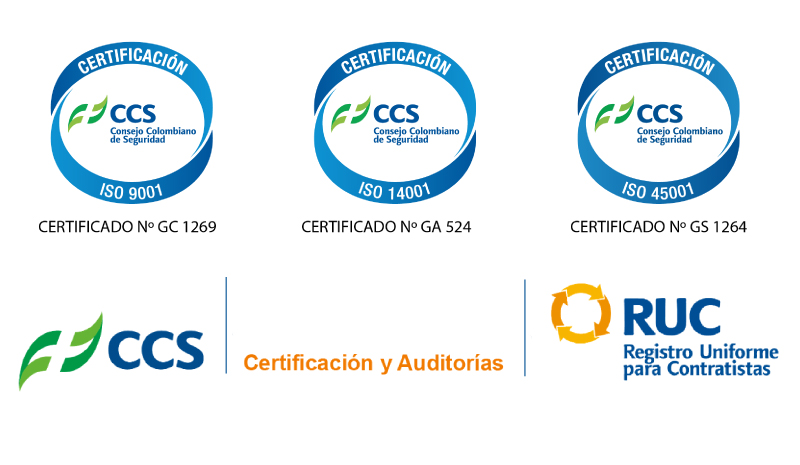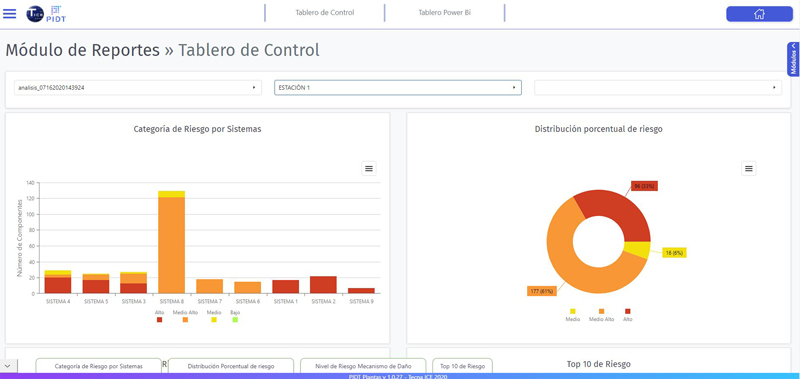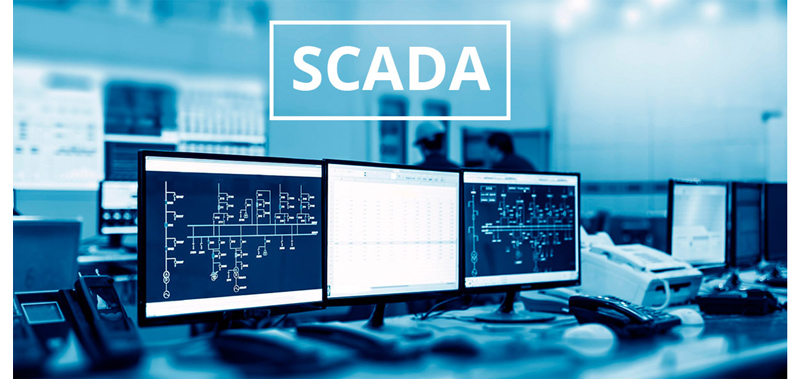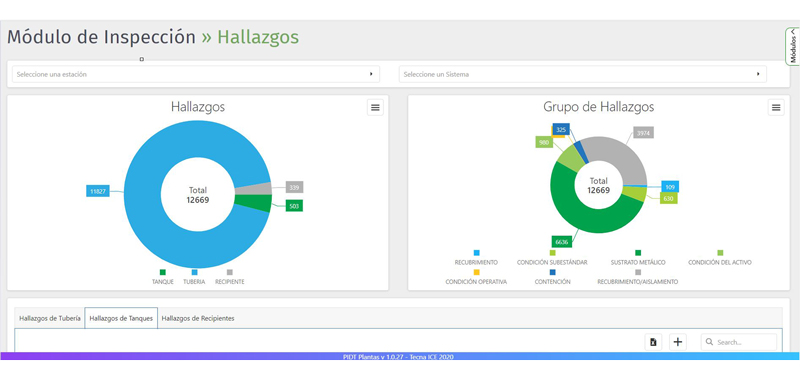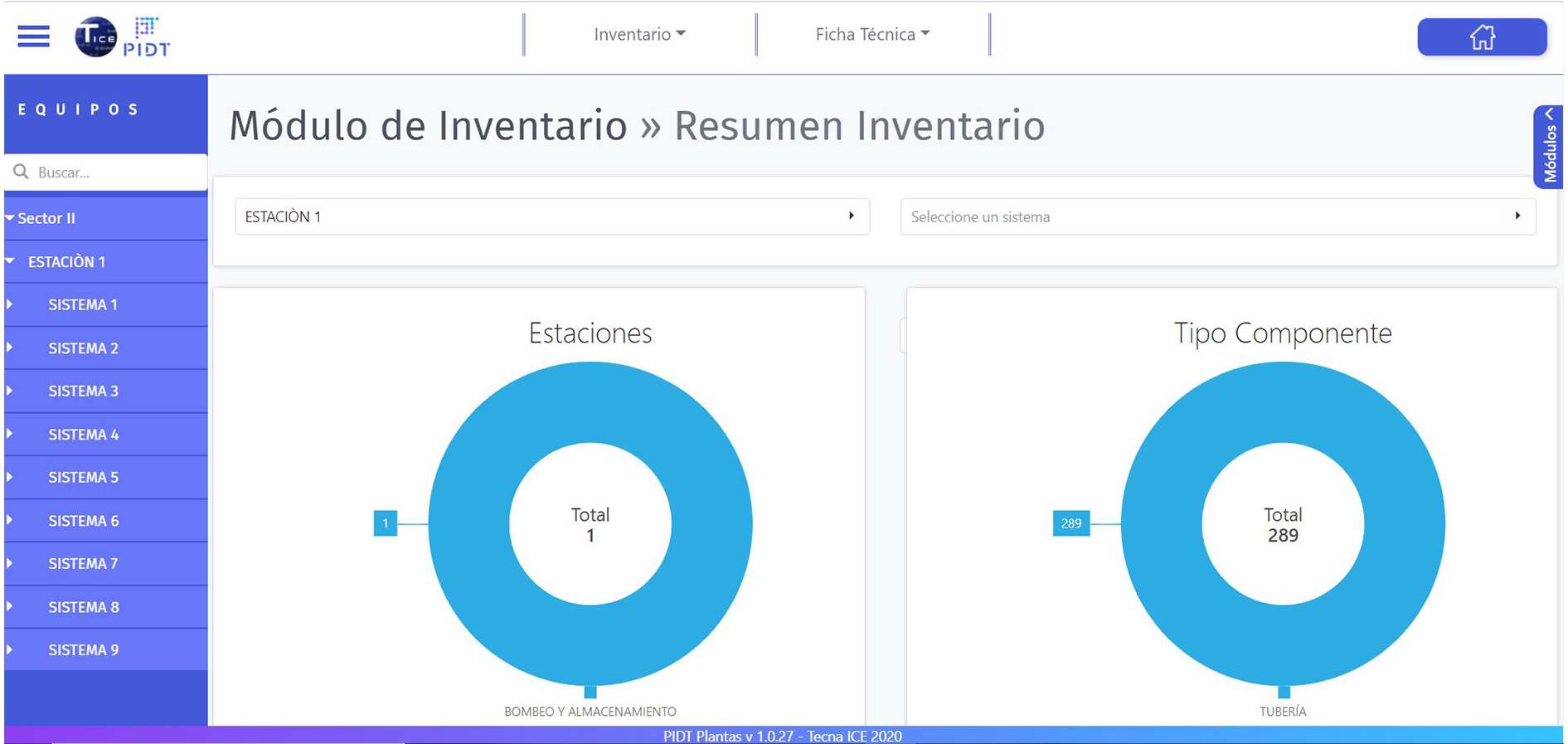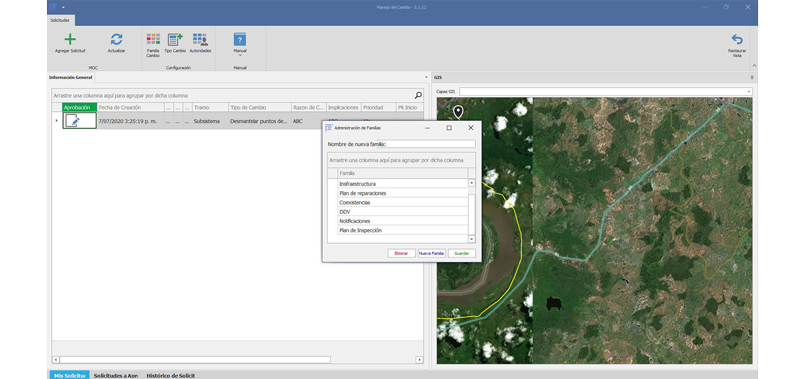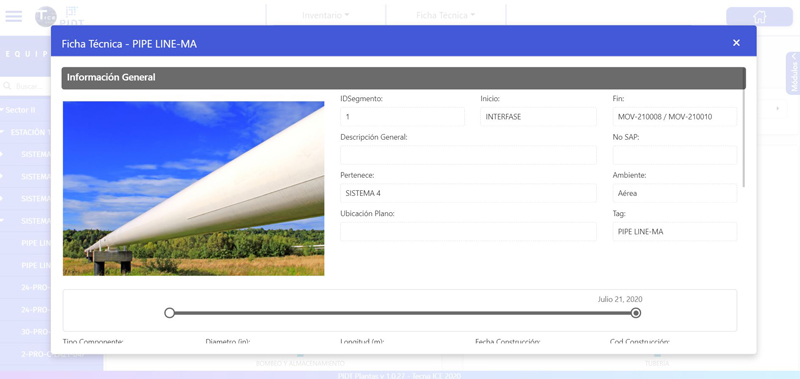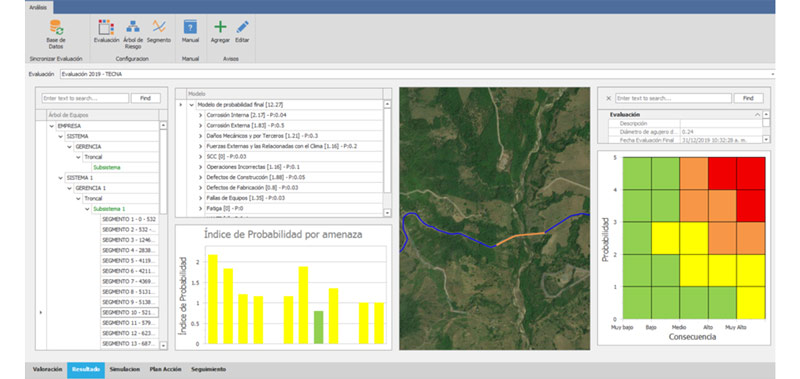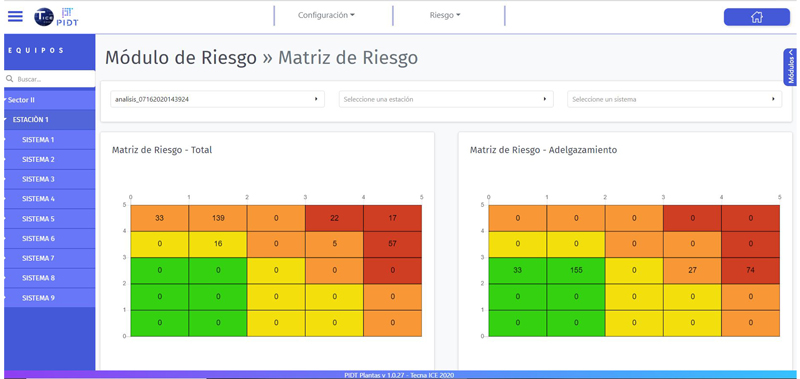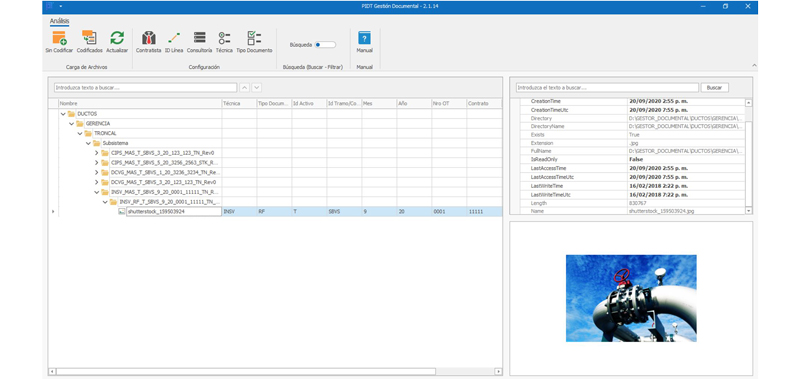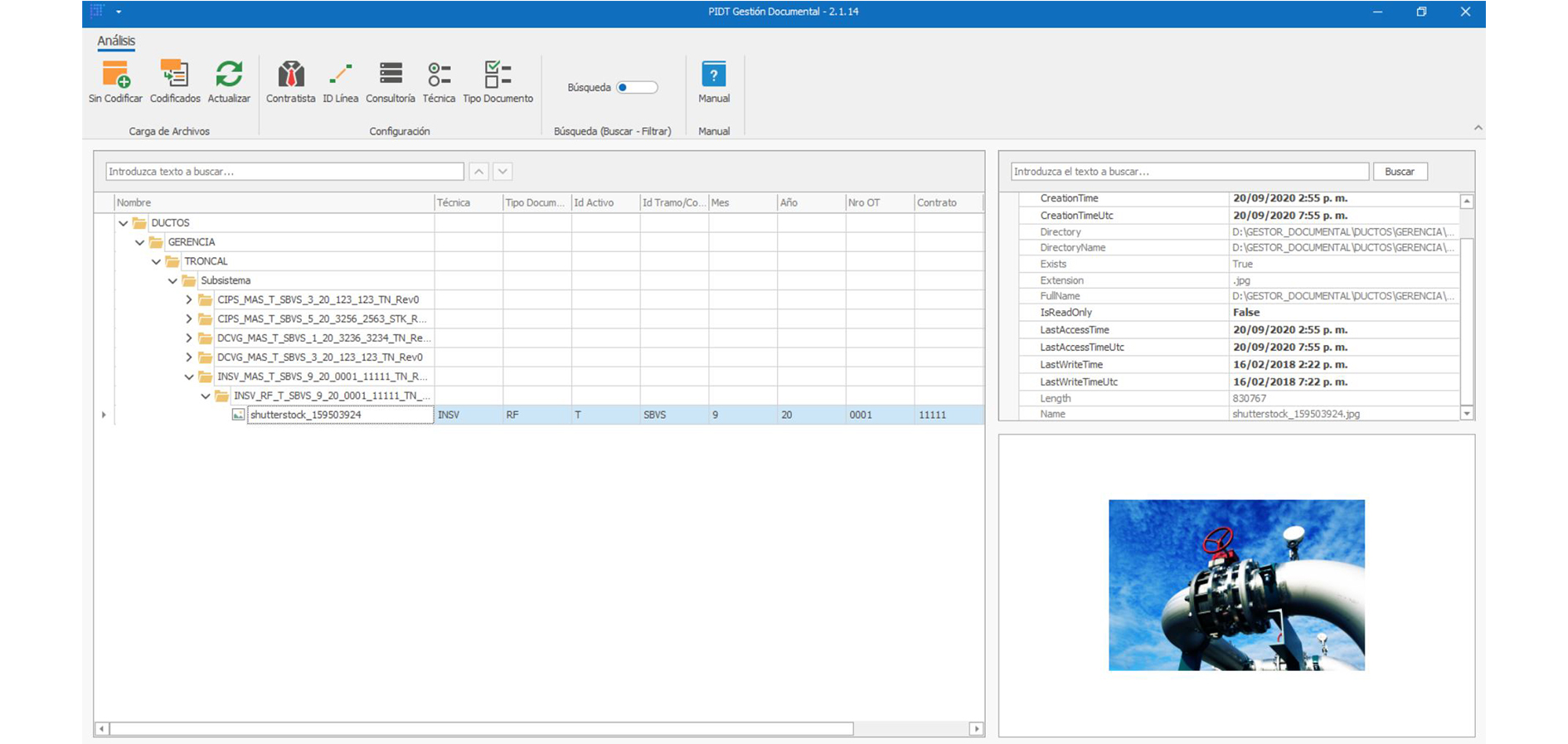Myths and realities of renewable energies (on-shore and off-shore wind energy)
Myth: off-shore wind energy is not a viable renewable energy option.
Reality: Offshore wind has been around for about 20 years and has become an important part of the energy mix in the developed countries of the world. Some of the best wind resources in the United States are offshore, which have the added benefit of being close to large population centers where electricity is needed.Myth: offshore wind energy is too expensive.
Reality: offshore wind power can provide competitively priced electricity today. According to a 2007 Black & Veatch report, the cost of electricity from offshore wind could range from 8.3 cents to 13.1 cents per kilowatt hour, or a price similar to what residential consumers pay now. As the off-shore wind industry matures, the cost of energy will continue to fall; the same cannot be said for non-renewables and nuclear power plants.Myth: Offshore wind farms will harm recreational and commercial fishermen.
Reality: Offshore wind turbines cause minimal impacts on commercial and recreational fisheries, and the wind industry is actively working with the fishing industry to ensure this continues. Turbines must be placed far apart to allow trawlers to sail in a relatively straight line. Research also suggests that offshore wind farms can actually enhance fish populations by providing habitat similar to artificial reefs.Myth: We cannot rely on wind energy because the wind does not always blow.
Reality: Wind power is a reliable, albeit imperfect, energy resource. The smart thing to do is to diversify investments in a variety of renewable energy resources. Wind, combined with other renewables and a smart grid, will be more reliable and carbon neutral. This will stabilize energy prices and increase energy security while mitigating climate change.Myth: Wind energy needs “backup” energy, such as natural gas.
Reality: As more renewable energy is developed, the supply of electricity will become more balanced. Studies have shown that significant investment in on-shore and off-shore wind energy will always produce electricity, because if there is no wind somewhere, there will be wind elsewhere in the region. In addition, diversification of our energy portfolio to include other renewables such as solar, biomass, geothermal and fuel cell technologies, as well as employment efficiencies, will ensure that the lights stay on.
// Servicios y tecnología para empresas del mañana
Empecemos a transformar su empresa hoy!
Myth: Wind turbines are bad for the environment because they kill many birds and bats.
Reality: compared to other factors, such as buildings and domesticated cats, wind turbines kill minimal numbers of birds. A 2007 National Academy of Sciences report estimated that wind energy is responsible for less than 0.003% of deaths. There is no evidence that bird deaths caused by wind turbines result in measurable demographic changes in bird populations in the United States.Myth: Wind turbines damage the earth’s climate by changing or slowing the planet’s winds.
Reality: Compared to other anthropogenic activities, the climate impact of wind energy is negligible. Continued burning of fossil fuels and unsustainable development inflict the greatest damage to the earth’s climate. Turbines have no significant impact on global wind patterns.Myth: Unlike other renewable energies, the future costs of off-shore wind energy will not decrease dramatically.
Reality: Off-shore wind energy is still a relatively new industry. New technological advances, such as higher capacity turbines using direct-drive generators and floating turbine technologies, will help reduce the cost of power generated.Myth: Offshore wind farms will not be able to withstand a hurricane.
Reality: Turbines are designed to shut down in excessive wind (often 50 to 60 mph) by “deploying” the blades so they do not catch the wind and applying brakes. Wind farms located in hurricane-prone areas can be designed to withstand winds in excess of 150 mph (67,056 m/sec), or a Category 4 hurricane.Myth: renewable energy is not cost competitive even with government subsidies.
Reality: All forms of energy, including fossil fuels and nuclear, receive subsidies. In 2007, $5.5 billion was spent on energy subsidies in the United States to support fossil fuel industries. In addition, the use of fossil fuels imposes hidden costs on society, i.e., by negatively impacting human health and the environment, costs that are not incorporated into the final price to consumers.Myth: Renewable energies, such as solar and wind, take up too much space and cause “energy sprawl”.
Reality: This so-called “energy expansion” pales in comparison to the potential damages of climate change. Some renewable energy technologies, such as wind, allow for mixed land use.Myth: Nuclear power is a better option for reducing carbon emissions.
Reality: While nuclear power generates zero carbon emissions, it has a whole host of environmental problems. The construction of nuclear power plants is very carbon intensive, uses large amounts of concrete for construction and requires a long lead time of 10 years or more. Nuclear power also relies on a non-renewable fuel source, uranium.Did you find this content useful?
Subscribe and receive technical articles, updates and more in your inbox.
Looking for a solution like this?
Explore our specialized services in integrity engineering and applied technology.

